#kate clancy
Explore tagged Tumblr posts
Text
Obviously I am waaaaaay behind on my podcast listening but I appreciated this discussion of stigma.
I was reminded of Angela Bourke, “The Burning of Bridget Cleary (book),” and her proposal that “fairy-belief tradition … might…be labeled a vernacular stigma theory,” (236).
0 notes
Text
[Image description: Thirty images, a mix of text and screencaps from Star Trek: Deep Space Nine.
1: "I hadn't met his kind before. (highlight) His misericord face - really, like a joke on his father (end highlight) - blurred"
2: "Garak: You could say that. Tain is directly responsible for my being exiled from Cardassia. Odo: Then I don't understand… Garak: (finishing the thought) Why I'm risking my life to help him? Odo: Exactly."
3: "What father leaves you for a knife? Chooses his god instead?"
4 and 5: Tain says, "Then you should let him die. And please, tell Garak I miss him"
6: "Tain: Hello, Garak… it's good of you to come. It spares me the trouble of having to send someone else to kill you…"
7: (highlight) A father is bound to kill his favorite son, (end highlight) and to his father's cherishing the beloved answers Yes.
(Highlight) The rest of the week, I hid from my father, grateful I was not prized. But how deserted he looked, with no son who pleased him (end highlight).
8 and 9: Garak is talking to Tain, with Odo standing behind him. He says, "I never betrayed you! At least, not in my heart."
10: "I make you a box of darkness with a bird in its heart. Voltas of acoustics, instinct & metaphor. (Underline) It is not enough To love you. It is not enough to want you destroyed (end underline).
11 and 12: Martok says, "He was convinced that you would come." Garak replies, "He knew I had no choice. Tain."
13: "I hate you for what you did And I miss vou like a little kid"
14: "Garak: I should never have come here. I should have let that monster die forgotten and alone. Bashir: Frankly, I'm glad you came. Misery loves company. Garak: All my life I've done nothing but try to please that man. (Underline) I let him mold me, let him turn me into a mirror image of himself, and how did he repay me? With exile (end underline). But I forgave him. And here, in the end, I thought maybe, just maybe, he could forgive me."
15: "'You were my father,' He wanted to say 'So why couldn't you be my father?'"
16: "Tain: Elim? Elim, is that you? Garak: It's me. Tain: Everything's gone dark. I can't see you. Are you alone? Garak: Yes. There's no one else but you and me. (Liar, Bashir is there.)"
17: "Does anybody actually know how to talk to their father"
18 and 19: Tain is lying down and says, " I should have killed your mother before you were born. You have always been a weakness I can't afford."
20: "I have my mother's mouth and my father's eyes; on my face they are still together."
21: "Garak: I'II do as you ask on one condition. That you don't ask me this favour as a mentor, or a superior officer, but as a father asking his son. Tain: You're not my son. Garak: Father. Father, you're dying. For once in your life, speak the truth."
22: "We are hard on each other and call it honesty,"
23: "If I love you is that a fact or a weapon?"
24: Garak says, :Listen, Enabran."
25: "#the word 'father' rotted in my mouth"
26: "Tain: Elim, remember that day in the country? You must have been almost five. Garak: How can I forget it? It was the only day. Tain: I can still see you on the back of that riding hound. You must have fallen off a dozen times but you never gave up. Garak: I remember limping home. You held my hand. Tain: I was very proud of you that day."
27: "Are you crying over what we've lost"
28 and 29: Tain lies down, his eyes closed, presumably dead. Garak looks at him.
30: "by not being near each other, hardly at all?" End description.]
[Plain text: Kate Clanchy, love / 3x20 / Elizabeth Lindsey Rogers, questions about the father / 2x22 / 3x20 / Li-Young Lee, descended from dreamers / 3x20 / Terrence Hayes, american sonnet for my past and future assassin / 5x14 / Phoebe Bridgers, motion sickness / 5x14 / Amatullah Bourdon, and my father’s love is nothing next to god’s will / 5x14 / a text from my friend / 5x14 / Warsan Shire, teaching my mother how to give birth/ 5x14 / Margaret Atwood, we are hard / tag on a Sharon Olds poem / Frank O'Hara, lisztiana. End plain text.]
@startrekdescribed


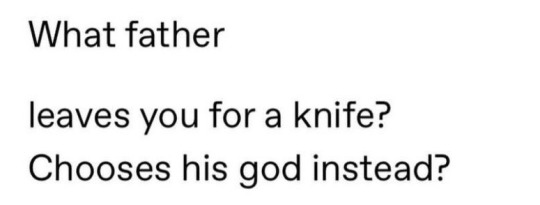
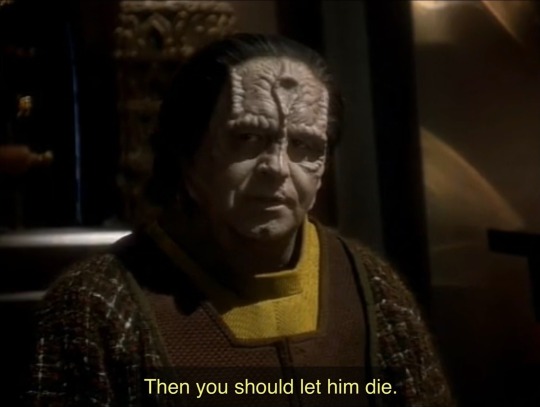
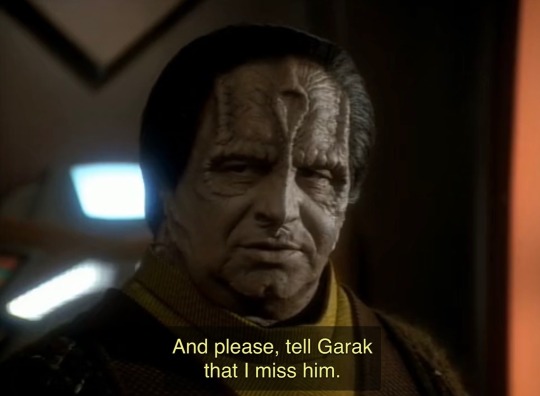
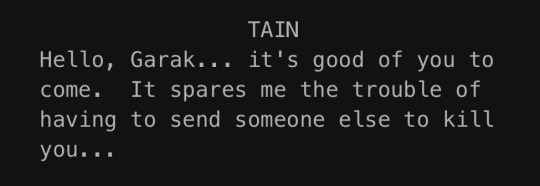
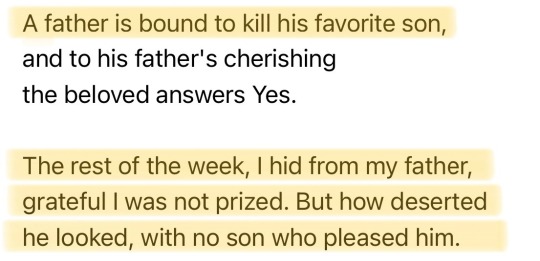

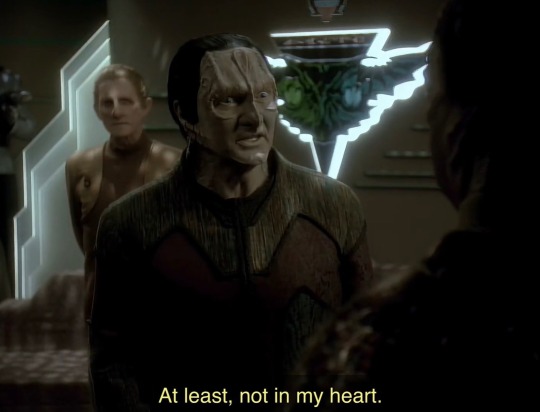


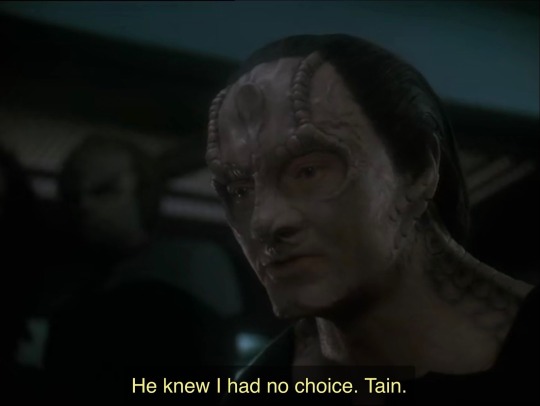


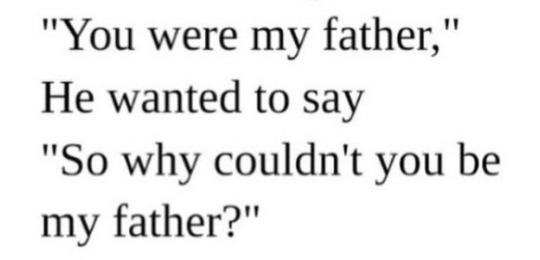


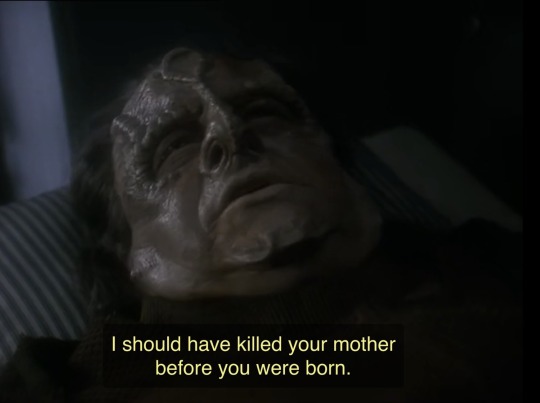




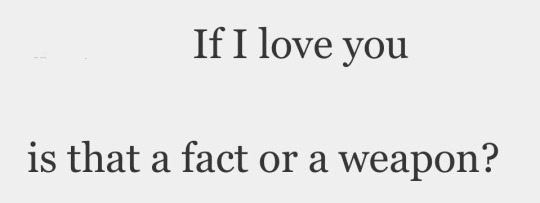
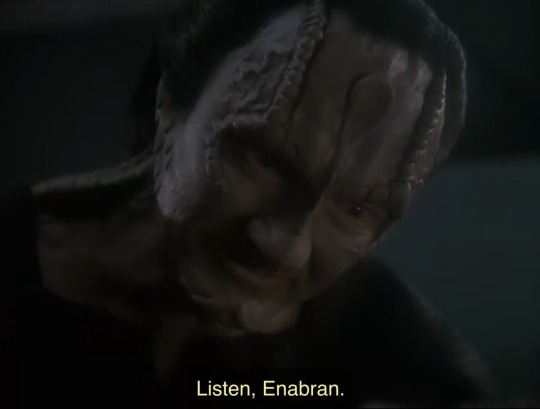




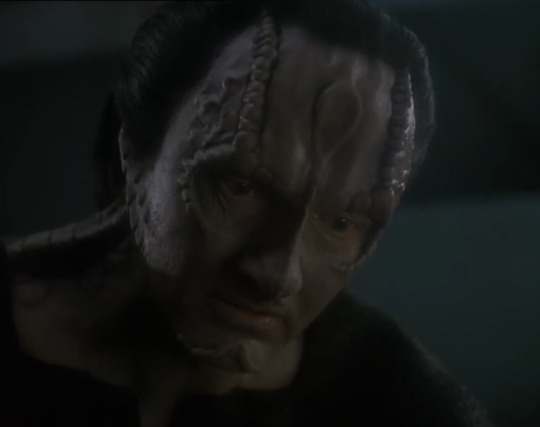

kate clanchy, love / 3x20 / elizabeth lindsey rogers, questions about the father / 2x22 / 3x20 / li-young lee, descended from dreamers / 3x20 / terrence hayes, american sonnet for my past and future assassin / 5x14 / phoebe bridgers, motion sickness / 5x14 / amatullah bourdon, and my father’s love is nothing next to god’s will / 5x14 / a text from my friend / 5x14 / warsan shire, teaching my mother how to give birth / 5x14 / margaret atwood, we are hard / tag on a sharon olds poem / frank o’hara, lisztiana
#parallels#described#plain text#kate clancy#love#star trek#star trek deep space nine#improbable cause#elim garak#enabran tain#garak and tain#elizabeth lindsey rogers#questions about the father#the wire#li young lee#descended from dreamers#terrence hayes#american sonnet for my past and future assassin#in purgatory's shadow#phoebe bridgers#motion sickness#amatullah bourdon#and my father's love is nothing next to god's will#warsan shire#teaching my mother how to give birth#margaret atwood#we are hard#sharon olds#frank o'hara#lisztiana
821 notes
·
View notes
Text

Red Death and Kate in their younger years <3
Released for members first, thanks for your support!
#red death#kate death#venture bros#venture brothers#tvb#venture bros fanart#fanart#clancy brown#character desgin#character concept art#digital art#illustration#artists on tumblr
245 notes
·
View notes
Text
Leg's Tuna Tober
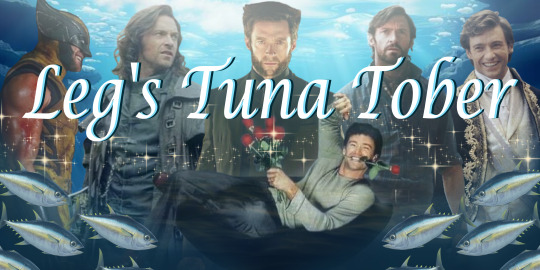
this is the masterlist post for all of my tuna-tober posts!!! starting october 1, expect either a fic or a drawing almost EVERY DAY of the month :) here's the link to the prompt list if you'd like to participate!!
🩸= set in the NFW universe, in which the reader is a blood bender born in 1905 🔥= SMUT 18+ 🌧️= angst 🪻= fluff 🎨= drawing 📖= writing

Day 1: Reading to Each Other🪻(Duke Leopold Mountbatten x f!reader) 📖
Day 2: Threesome🔥(Worst!Wolverine x f!reader x Deadpool) 📖
Day 3: Insomnia🩸🌧️ (Logan Howlett x mutant!fem!reader) 📖
Day 4: "Are You Blushing?"🪻(Jack Clancy x f!reader) 🎨
Day 5: Begging🔥(Logan Howlett x f!reader) 📖
Day 6: "You Can Sleep Here Tonight."🪻(Gabriel Van Helsing x f!reader) 📖
Day 7: Nightmare🌧️(Worst!Logan Howlett x f!reader) 📖
Day 8: Overstimulation🔥(Robert Angier x f!reader) 🎨
Day 9: "You Don't Need To Do That." "I Want To."🪻(Duke Leopold Mountbatten x f!reader) 📖
Day 10: "I'm Not Good Enough."🌧️(Charlie Kenton x gn!reader) 📖
Day 11: Sharing an Umbrella🪻(Duke Leopold Mountbatten x f!reader) 📖
Day 12: Sneak Peek🩸🌧️(Logan Howlett x mutant!fem!reader) 📖
Day 13: Playful Kiss🪻(Wolverine x Deadpool) 🎨
Day 27: Sneak Peek🩸🌧️(Logan Howlett x mutant!fem!reader) 📖

hope you all are as excited for tuna tober as i am!!!!
Want to be on the taglist? Fill out this form!
#tuna-tober prompt challenge 2024#promptober#tuna-tober#prompt list#hugh jackman#logan howlett#wolverine#worst!wolverine#gabriel van helsing#duke leopold mountbatten#jack clancy#xmen#deadpool and wolverine#van helsing#kate and leopold#farraway downs#australia#fanfic#i'm so fUCKING EXCITED#THIS IS GOING TO BE SO FRICKIN FUN#murdock tuna team
224 notes
·
View notes
Text
youtube
I got enough response to make a sequel video hope you enjoy it. Part 1
#batfamily#batman#nightwing#batfam#bruce wayne#jason todd#barbara gordon#kate kane#renee montoya#selina kyle#harvey dent#two face#edward nygma#dc riddler#maggie sawyer#alfred pennyworth#leslie thompkins#midnighter#dc tiger#bea bennett#shawn tsang#bridget clancy#luke fox#dc#dc comics#shipping#fandom ships#harley quinn#shitpost#Youtube
24 notes
·
View notes
Text
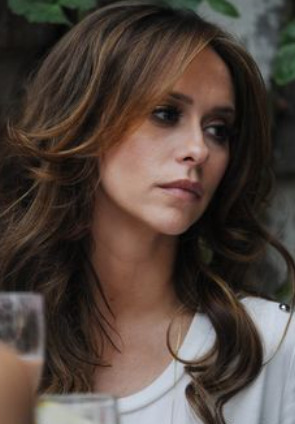

the prettiest girl // her hot husband
#ghost whisperer#tv series#my favs#criminal minds#kate callahan#melinda gordon#jim clancy#jennifer love hewitt#david conrad
122 notes
·
View notes
Text
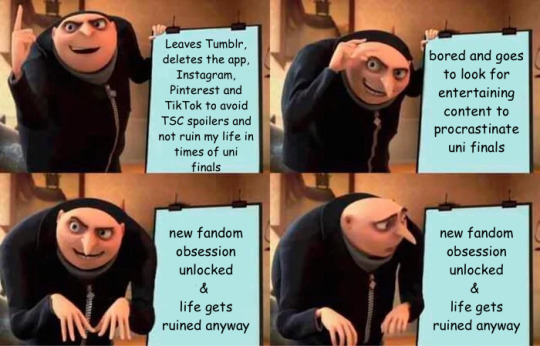
#nobody fucken talk to me#i’m so mad @ myself#and also david cage and bryan dechart and clancy brown#but the dc hate is not the same as bd/cb make no mis kate i’ve read on the shit the fucker has publicly said#i swear i had no ill intentions and then bam#software instability amirite#the sunshine court#aftg#dbh#detroit become human
14 notes
·
View notes
Text
317 - Chappaquiddick (Patreon Selects)

This week's episode comes selected by one of our sponsor tier patrons over at our Patreon! The 2017 festival season brought us Chappaquiddick, director John Curran's recounting of the titular incident where Senator Ted Kennedy was responsible in the accidental death of party secretary Mary Jo Kopechne. With Jason Clarke as Kennedy and Kate Mara as Kopechne, the film earned solid festival reviews (with even stronger notices for Clarke) but a planned qualifying release before the end of the year never came to be.
This episode, we talk about the short life of Entertainment Studios Motion Pictures and the 2017 qualifying release for the film that was canceled. We also talk about Clarke's career in grunt roles, the film's frustrating post-script in relation to Ted Kennedy's career, and Bill Crystal's Oscar hosting duties.
Topics also include vague movie titles, TIFF Galas, and Frederica Kimmel's friend.
The 2017 Academy Awards
The 2018 Academy Awards
Vulture's Movies Fantasy League
Subscribe:
Patreon
Spotify
Apple Podcasts
youtube
#John Curran#Jason Clarke#Kate Mara#Ed Helms#Jim Gaffigan#Bruce Dern#Best Actor#Entertainment Studios Motion Pictures#TIFF#Toronto International Film Festival#Olivia Thirlby#Clancy Brown#Academy Awards#Oscars#movies#Youtube
5 notes
·
View notes
Text
Y’all don’t understand how happy I was to recognize Ryder Azadi before they even zoomed in or had him speak
#clancy brown and katee sackhoff shaking hands on being the best voice-to-screen actors for their characters#also SENATOR JAI KELL I COJLD NOT BELIEVE#rebels fans ate good#we ate good#ahsoka spoilers#ok gonna take a lil break from yelling about this show#ryder azadi#ahsoka
10 notes
·
View notes
Text

January 7, 2024. 👍 streaming on Paramount+. Like I said before, Jason Statham is always a yes for me. A movie is only as strong as the supporting actors, and this one is full of great character actors: Clancy Brown, James Franco, Kate Bosworth, Frank Grillo, Winona Ryder, and Stallone wrote the screenplay! When the opening credits were rolling, I knew this one was going to be fun.
#homefront#movies#jason statham#james franco#clancy brown#winona ryder#kate bosworth#frank grillo#sylvester stallone
4 notes
·
View notes
Text
Dumb Money (2023) Review
Dumb Money takes David vs Goliath tale and turns it into a real life true story of how everyday people flipped the script on Wall Street and got rich by turning GameStop into the world’s hottest company. All started by Keith Gill, and his social media posts risking his life savings. ⭐️⭐️⭐️ Continue reading Untitled

View On WordPress
#2023#America Ferrera#Andrea Simons#Anthony Ramos#Ben Mexrich#Biography#Cinema#Clancy Brown#Comedy#Craig Gillespie#Dane Dehaan#Drama#Dumb Money#Kate Burton#Larry Owens#Lauren Schuker Blum#Myha&039;la Herrold#Nick Offerman#Olivia Thirlby#Paul Dano#Pete Davidson#Rebecca Angelo#Review#Rushi Kota#Sebastian Stan#Seth Rogan#Shailene Woodley#Talia Ryder#Vincent D&039;Onofrio
1 note
·
View note
Text
Listening to Kate Clancy's Period, which is about menstruation, and so far she has definitely used gender neutral language "people who menstruate" but still occasionally drops the insinuation that being fem inherently makes your experience with periods more difficult. Butch women and trans men would beg to disagree
0 notes
Text

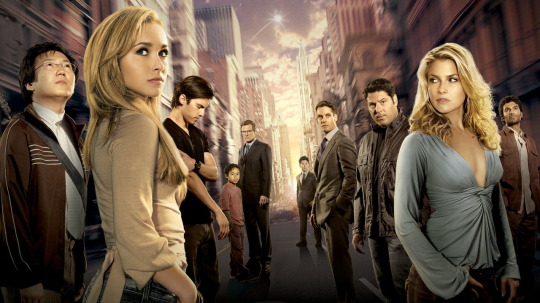
WHAT COULD HAVE BEEN:
Back in 2013/14, Microsoft was looking to get in on the success of streaming with Netflix and Hulu having become break-out hits with their content, especially Netflix with its ORIGINAL content, through the XBOX system. For a while, they were looking for anything that could be XBOX original programming or that they could develop as. Yes, you all read that right, at one point Microsoft/XBOX were looking to start up and have their own original shows to compete or rather get in on the juicy Netflix/Hulu piece of pie. And what was originally going to be XBOX's first original series — a fifth season of the NBC superhero drama, Heroes.
No, seriously.
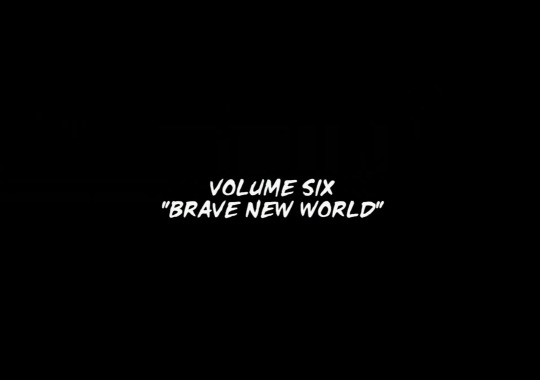
Here's all of the information that someone who used to work there around that time had given me on this piece of cancelled media since I devour these type of things or basically collect them like jewels:
• The little synopsis they gave at the time was it would feature "new stories and heroes, while mixing in cameos from the original series' cast". However the actual premise for the season was it was gonna be set a few years after "Volume Five: Redemption" and Claire Bennett having revealed the existence of evolved humans to the world with not only them being public knowledge but the number of them have been growing and growing every year all the while a new government-related threat arises.
• The new main protagonist of the series was to be Roger Deakins, a now worn-out police captain who wants to atone for his past mistakes (the main one ended up costing the life of his partner/close friend) in no one else's eyes but his own, only to learn that he's developed powers of his own. Clancy Brown, of all people, was considered for the role potentially.
• In terms of the "cameos", that was just something they said to get eyes looking and interest in it. Instead of cameos, they're would've been just photo appearances and references like "That story in the tabloids that that U.S. Senator was an evolved human". However, the only character and actor who was gonna return and this time be a part of the new main cast was Samuel Sullivan with Robert Knepper reprising his role.
• Actors and actresses that were considered for the season were Raymond Cruz, Bryce Dallas Howard, Luke Gross, Thomas Haden Church, Kate Mara and even Michael Madsen. The main goal for the season was to go back to the roots and grounded nature of Season 1 and have the new season be "a character drama WITH superheroes rather than a show ABOUT superheroes just like how that first season was".
• Series creator Tim Kring was (thankfully) not gonna come back and be the showrunner because at the time he was too busy with another show he created for Fox, Touch with Kiefer Sutherland.
• But the most interesting thing with this is that apparently they wanted to have a couple of references and easter eggs to the events of other media that established a shared universe for the sole purpose of expanding the Heroes universe, "one would've been to the events of Brad Bird's The Incredibles, one would've been to the events of J.J. Abrams' Cloverfield, one would've been to the events of The X Files' series finale and another would've been to the events of Buffy The Vampire Slayer's series finale".
Now as for the reasons it fell through are a couple of but the big one is mainly budget. From what I understand, they wanted the season to have the same budget and production value of not just other streaming shows such as Orange Is The New Black and that Netflix political show that shall not be named but also other cable shows at the time such as The Walking Dead and the HBO fantasy series that shall not be named either. But it just ended up getting too big and too ambitious for its own good.
There's other reasons but that's the big one that killed it and it all fell apart.
But hey, at least it sounds better than the abominable Heroes Reborn.

#heroes#xbox#xbox 360#xbox one#xbox series x#hayden panatierre#milo ventimiglia#zachary quinto#masi oka#jack coleman#greg grunberg#clancy brown#raynond cruz#bryce dallas howard#luke gross#thomas haden church#kate mara#michael madsen#Spotify
1 note
·
View note
Text

Red Means Stop
"But we're not at the office right now, you see. And that's the secret. You got to separate your work from your life. It's a slippery slope once you start living as your character. The obsession starts, the darkness... a man can do terrible things when he's lost his way. Terrible things." Red Death, Venture Bros 08x6
In tribute to my new obsession over the character of Red Death, here a little art I spent my time for two days straight. Full unwatermarked version on patreon <3
#venture bros#venture brothers#vbros#red death#kate death#lila death#clancy brown#vbros fanart#red x kate#fanart#digital art#illustration#artists on tumblr#myart#alexologyart
139 notes
·
View notes
Note
Name every breed of dog
There are about 200 breeds of dog, and I hereby name them James, Becca, Donovan, Martin, Nagisa, Carl, Karl, Justin, Kale, Ratso, Mina, Jessica, Benji, Ani, Umma, Verys, David, Duluth, Chroma, Flip, Claire, Alessa, Alessa-Jin, Mona, Billie, Emily, Beth, Dun-Xi, Vessico, Clementine, Ratricia, Chico, Cheech, Helmina, Orlando, Aria, Vulluset, Paprika, Anna, Lemmy, Kwan, Millie, Pim, Pine, Reileigh, Ginger, Artie, Bei, Booberella, Clancy, Lambert, Nina, Lila, Gene, Lynda, Mim, Clarissa, Gustavus, Rya, Urvashi, Dee, Dina, Zhao, Marti-Hawk, Polonaise, Frida, Lima, Larry, Plin, Leeza, Sinan, Delger, Abagail, Bashir, Jupiter, José, Fritz, Sheila, Maria, Malu, Rod, Jon, Ethan, Clarice, Nickel, Ligaya, Sibyl, Frampt, Toi, Gimli, Hibiscus, Barry, Carrie, Mimi-Lou, Vladimir, Katjuk, Flynn, Perrin, Rosemary, Tanino, Sid, Florence, Carmilla, Carmello, Reese, Laura, Lana, Delia, Quince, Kim, Djimon, Bay, Mu, Neil, Krani, Mamu, Namu, Nemo, Neelix, Mac, Den, Medina, Tessa-Kwali, Alfonse, Geoffrey, Masamune, Schmelgert, Arturo, Ricki-Rak, Rico, Tenne, Santos, Emilia, Despereaux, Pete, Phillipe, Squalene, Bill, Kate, Roman, Sally, Bertha, Dru, Ridley, Amelie, Val, Alejandro, Hans, Jean, Mustafa, Kevin, Kev, Ina, Ima, Pinesol, Ernesto, Arnoldine, Bernadine, Homer, Tomoyuki, Clitmondine, Nolan, Michaela, Brainerd, Everly, Szandor, Cosine, Morris, Jamie, Jamie but the other pronunciation, Xan, Gyatso, Kiara, Pontius, Ali, Momo, Junior, Tootsie, Mel, Dustin, Xavier, Mello, Spike, Petra, Dean, Tasha, Guenevere, Jock, Huston, Dwayne, Dominique, Sanchita, Padma, Lola, Golmandine, Gilda, Flemina, Billy-Bob, and Glen.
1K notes
·
View notes
Text

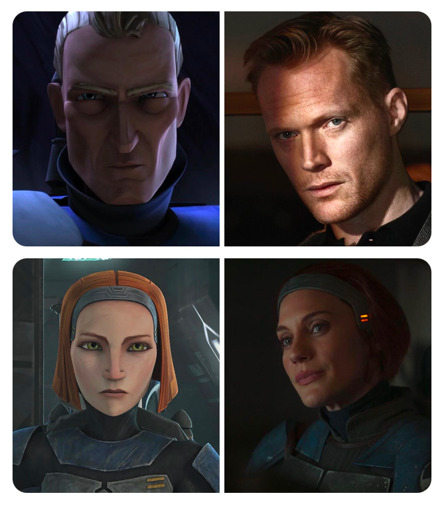
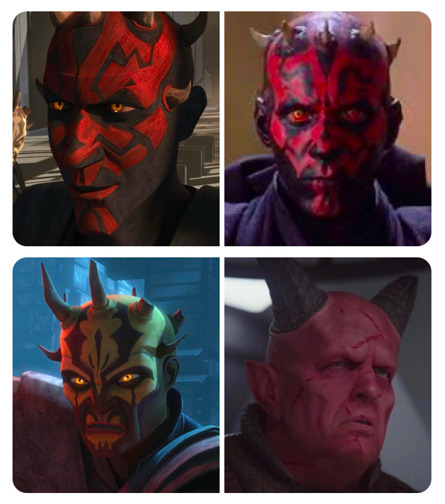
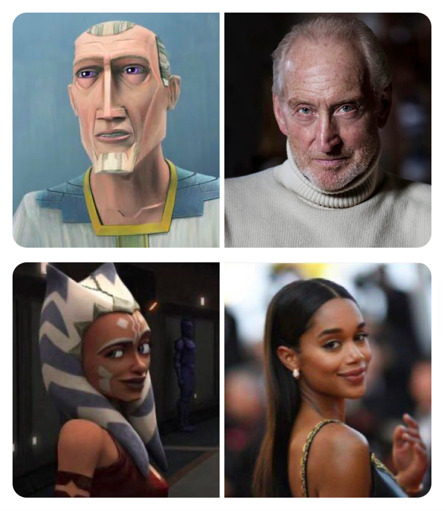
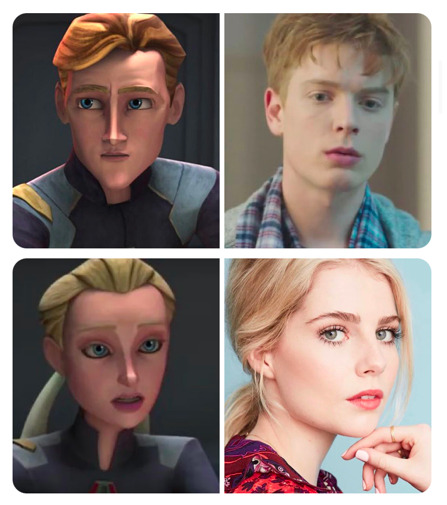


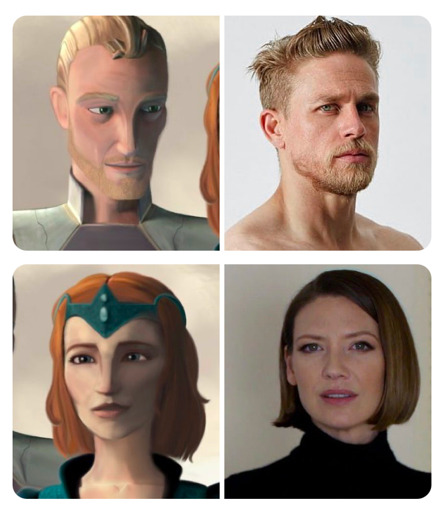
If the Mandalore story in The Clone Wars was live action
(A group effort by the Obitine server ❤️)
Satine Kryze: Cate Blanchett
Obi-Wan Kenobi: Ewan McGregor
Pre Vizsla: Paul Bettany (yeah, he’s Dryden Vos, I know. But look at his cheekbones! It’s too perfect! Also, I headcanon that Pre and Dryden are half-brothers, and you should too!)
Bo-Katan Kryze: Katee Sackhoff
Darth Ketchup: Ray Park & Sam Witwer
Darth Mustard: Clancy Brown
Almec: Charles Dance
Ahsoka: Laura Harrier
Korkie Kryze: Freddie Fox
Lagos: Lucy Boynton
Soniee: Katherine Langford
Amis: John Bell
Fenn Rau: Kevin McKidd (I’m sticking him in because I can)
Edean Tol’ket: Michael Ealy (from @the-obiwan-for-me’s She Said the Word series)
And bonus flashbacks of the Kryze parents (the artwork is mine and the full edit can be found here)
Adonai Kryze: Charlie Hunnam
Satine & Bo’s mother: Anna Torv
Seriously, Anna somehow looks like both Cate and Katee and it drives me insane.
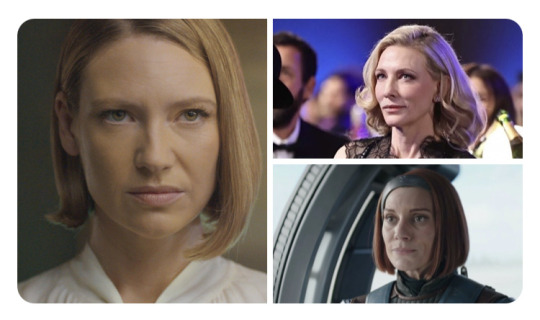
#Star Wars#The Clone Wars#The Mandalorian#Obitine#Satine Kryze#Obi-Wan Kenobi#Pre Vizsla#Bo-Katan Kryze#Darth Maul#Savage Oppress#Ahsoka Tano#Korkie Kryze#Korkie Kenobi#Fenn Rau#Edean Tol’ket#Adonai Kryze#Cate Blanchett#Ewan McGregor#Paul Bettany#Katee Sackhoff#Clancy Brown#Charles Dance#Laura Harrier#Freddie Fox#Lucy Boynton#Katherine Langford#Kevin McKidd#Michael Ealy#Charlie Hunnam#Anna Torv
557 notes
·
View notes